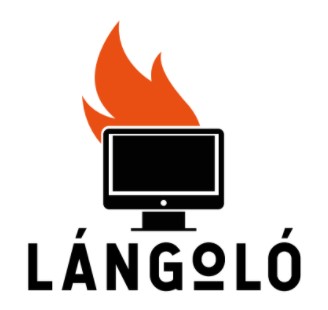One of the most magical things in the creation of any piece of art or performance is when you imagine how many apparently distant factors must come together at that particular moment in order to see, hear, and feel exactly what creates the experience itself. Even the creation of an original musical piece is an interpretation in the sense of the word, how many factors influence its creation, from the author’s musical and other inspirations to manual skills, to the state of mind at the time of writing, to, say, whether the sky was cloudy on the morning of the performance, whether the concert goer found easily a parking space before the entrance.
It’s not hard to figure out why I had these thoughts after Nik Bärtsch Reflecting Bartók concert. According to a scenario in which the protagonist is a Swiss pianist who trained as a drummer as a child, has both jazz and classical music influences, plays in several formations, and is also a martial arts practiser, who embarks on an evening inspired directly and indirectly by Bartók’s work with fellow Hungarian musicians. that we will at least have a lasting experience on the first Wednesday evening of April. Of course, it happened that way.
The performance was framed by Bärtsch’s solo pieces from his latest album Entendre, which in general can be said to combine jazz and classical music elements with the minimalism of oriental ritual or ceremonial music, innovative piano playing with a strong focus on rhythm in a very unique way. The result is an atmospheric journey covering such a wide spectrum, during which the listener can be guided by repetitive, atonal motifs, challenging parts in terms of playing technique that is certainly needed a high level of concentration such as almost translucent, ethereal curtains of sound, while in the meantime we often only wonder in retrospect where we got to we are now. Bärtsch often treats his piano as if it were a percussion instrument: he likes to pluck and dampen the strings by hand or even with other tools, often creating an effect as if the deep notes were being played by a double bass, or if someone were to hit a kettle drum at just the right time in a huge reverberant room. I could even have suspected the use of digital effects if I hadn’t seen on the spot that these sounds were indeed coming from an acoustic piano, without the help of any external devices.

At the same time, the real curiosity of the concert was the joint production with the Hungarian musicians, created especially for this occasion. The starting points of the pieces Helvetia Twilight Dance and Budapest Pattern were Bärtsch’s own compositions, which, according to his own admission, carry Béla Bartók’s style, and some motifs can be traced back to sources of inspiration such as the movement of the Out of Doors suite entitled The Chase, or the piece called Music for Strings, Percussion, and Celesta. The line-up and the instrumentation were developed accordingly: Petra Várallyay and Eszter Krulik contributed on violin, Andor Jobbágy played the viola, Tamás Zétényi the cello, János Palojtay the celesta, and Dániel Janca on percussions.
The two pieces performed together were a beautiful example of when music forms a bridge between languages and cultures, and we could actually find any definition for it based on our current perception. If you like, we saw a modern jazz concert paying tribute to Bartók’s attitude as a composer, with the participation of classical musicians, or even a classical music concert, which at one point, as one of the highlights of the program was transformed into a free jazz improvisation performed with classical instruments and a prepared piano. If we wanted, it could have been contemporary, universal ceremonial music performed by an international orchestra. Or a painting made of sounds, which shows a different picture to every viewer from every angle.
In addition, to frame this review, this could only happen in this form on this exceptional evening, with these excellent musicians, in this place, since the collaboration, as I know, was meant for this one occasion. This, of course, is unfortunate on the one hand, since a production of this quality deserves to be staged more than once, but on the other hand, this feeling of „now’, which can be interpreted both literally and from a philosophical point of view, only added to the fact that I think everyone had a soul-lifting, unrepeatable experience without any exaggeration, for anyone who accepted this concert with open heart and mind.



Bartók Tavasz continues with a number of exciting programs until April 16, including the first concert of EELS in Hungary, about which we previously wrote about the band here in Hungarian.
The author of the article would also like to thank Nik Bärtsch for his help, who was so kind and answered our questions about the background of the performance and the pieces performed at the concert.
Pics: Bálint Hirling / Müpa








